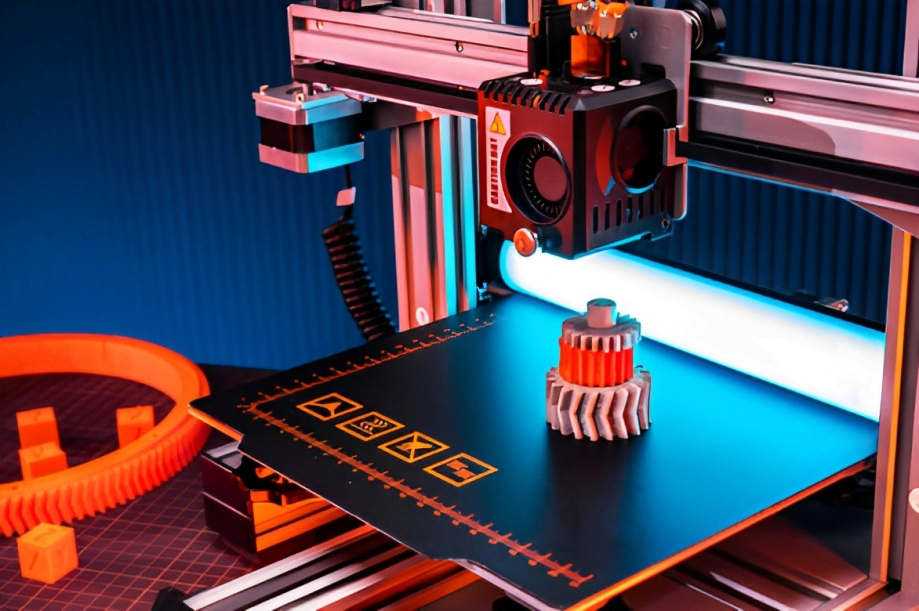Do you have concerns about how much electricity your resin 3D printer is using? With power requirements varying between different models, it’s important to understand exactly how much electricity your 3D printer is consuming. Here’s a guide on what to expect from today’s most popular machines.
What Factors Determine Power Requirements for 3D Printers?
There are many factors that determine how much power a 3D printer needs in order to operate, including the size of the printer, type of material being printed, printing speed and resolution. For example, larger printers will require more power than smaller printers with the same resolution. Additionally, different filament materials will require different levels of heat and power in order to properly melt and extrude them onto the build plate. When selecting a 3D printer, it’s important to consider its power requirements before purchase.
Is a Large Power Output Necessary to Drive a Resin Printer?
Resin 3D Printers require a high level of power output in order to cure the UV-sensitive resins effectively. While some resin printers only require 200 watts of power, others need over 500 watts depending on the material being printed and other features such as fan control and heated build plates. Therefore, it is important to check with manufacturers for the exact power requirement before selecting a 3D printer.
What Are the Typical Plug and Voltage Ratings for 3D Printers?
The power plugs and voltages used by 3D printers vary by model. Generally, they require a standard 120 – 240VAC plug, with a power cable compatible with the output rating of the printer. Depending on the wattage used, different amperage requirements will also be applied to the plug, typically ranging from 2.5A to 15A. Make sure to check the specifications for your printer carefully before selecting an outlet for your machine.
How Can I Ensure My 3D Printer Is Being Operated Safely?
To ensure your 3D printer is being used safely and securely, it’s important to use a surge protector and properly-rated power cables specifically designed for the model of 3D Printer you’re using. It also helps to install an over-current circuit breaker for further measures of protection. Additionally, keep in mind that if your 3D printer uses more than 15A of current through any supply connection, then you’ll need special permission from a certified electrician to use it.
What Consumables May Increase or Decrease Power Usage on a 3D Printer?
The amount of power a 3D printer needs can vary widely depending on the type, size and features of the 3D printer along with other factors such as the temperature, complexity of prints and how long the machine has been running. Beyond that, certain consumables such as resin or filament are also major factors when it comes to estimating how much power it takes to run a 3D printer. For instance, printing with PLA filament requires less power than using ABS or PETG filaments – and printing with different resins also requires more energy usage than using a standard PLA filament.
Popular 3D Printers and Their Power Requirements:
Creality Ender 3:
This budget-friendly 3D printer requires 24V and has a power output of around 270 watts.
check here.
Prusa i3 MK3S+:
This popular printer requires 24V and has a power output of around 200 watts.
click here.
Anycubic Photon:
his resin 3D printer requires 12V and has a power output of around 50 watts.
click here.
Formlabs Form 3:
This professional resin 3D printer requires 100-240V and has a power output of around 220 watts.
Ultimaker S5:
This high-end printer requires 100-240V and has a power output of around 660 watts.
“it’s always recommended to check with the manufacturer for the exact power requirement before selecting a 3D printer.“
Building or buying a 3d printer which one is better read my complete guide.
In conclusion, the power requirements for a 3D printer can vary widely depending on the model, type of printing technology, and other factors. It’s important to understand your printer’s power requirements and to ensure that you are using it safely and securely with the proper power cables and surge protectors. By doing so, you can enjoy the benefits of 3D printing without having to worry about excessive energy consumption or safety hazards.




